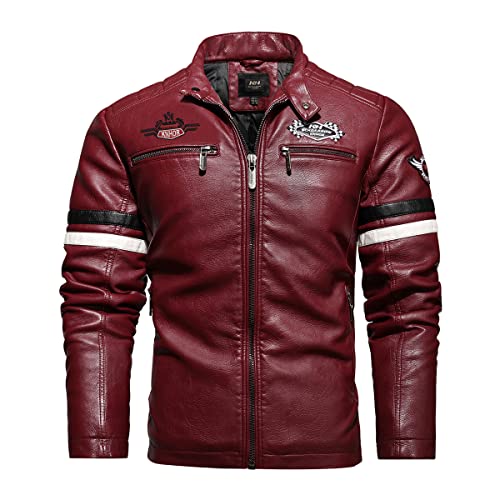RenoJohn
Well-known member
So.
you know when you turn on the ignition, the headlights are OFF. Then, after the engine starts, the headlights are ON.
I'm in the process of building a wiring harness and it will have three power blocks. Not just the typical key on and key off ..but also a third for when the engine is running, exactly the way our headlights are done. I'm trying to find where I can tap in and get that signal to trip my relay which will power-up this third power block.
It wouldn't have to be the same circuit that triggers the headlights, any circuit doing the same thing would suffice -as long as it stays powered when the engine dies, just as the headlights do.
Oh, and yes, I realize I could do an either/or circuit by tapping into both low and high beam circuits to get the same result, but that is kinda hokey not to mention the dead spot in the high/low beam switch that would cause havoc. I really need to find a simple place to get the signal.
Any wisdom much appreciated.
you know when you turn on the ignition, the headlights are OFF. Then, after the engine starts, the headlights are ON.
I'm in the process of building a wiring harness and it will have three power blocks. Not just the typical key on and key off ..but also a third for when the engine is running, exactly the way our headlights are done. I'm trying to find where I can tap in and get that signal to trip my relay which will power-up this third power block.
It wouldn't have to be the same circuit that triggers the headlights, any circuit doing the same thing would suffice -as long as it stays powered when the engine dies, just as the headlights do.
Oh, and yes, I realize I could do an either/or circuit by tapping into both low and high beam circuits to get the same result, but that is kinda hokey not to mention the dead spot in the high/low beam switch that would cause havoc. I really need to find a simple place to get the signal.
Any wisdom much appreciated.


































![fjackets Real Lambskin Leather Biker Jacket — Quilted Cafe Racer Zip Up Moto Leather Jackets For Men | [1100085] Johnson Brown, XL](https://m.media-amazon.com/images/I/41I7Pm1f+vL._SL500_.jpg)




























